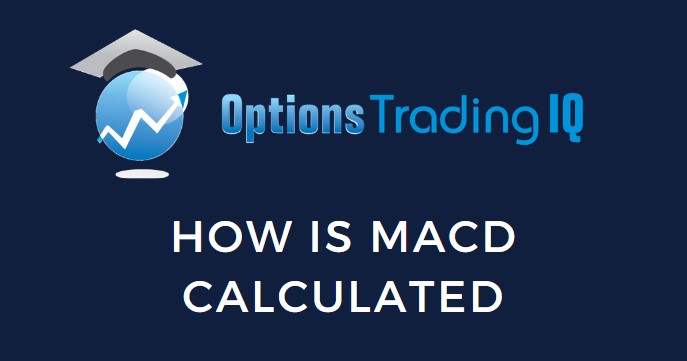

Contents
What is MACD?
The MACD, or moving average convergence divergence, is a momentum indicator that shows the relationship between two moving averages of a security’s price.
The MACD is calculated by subtracting the 26-period exponential moving average (EMA) from the 12-period EMA.
A nine-day EMA of the MACD, called the “signal line,” is then plotted on top of the MACD line, which can function as a trigger for buy and sell signals.
How Is MACD Calculated?
The Moving Average Convergence Divergence (MACD) is a technical indicator that is used to identify trend changes and measure the strength of trends.
It is calculated by subtracting the 26-day exponential moving average (EMA) from the 12-day EMA.
The resulting line is called the MACD line.
A nine-day EMA of the MACD line is then plotted on top of the MACD line, which is called the signal line.
The MACD line and the signal line are used to generate trade signals.
To calculate the MACD, you will need to:
- Calculate the 12-day and 26-day exponential moving averages (EMAs) for a given asset.
- Subtract the 26-day EMA from the 12-day EMA to get the MACD line.
- Calculate the nine-day EMA of the MACD line to get the signal line.
- Plot the MACD line and the signal line on a chart.
The MACD is typically plotted in a separate window below or above the price chart.
It is common to plot the MACD histogram as well, which shows the difference between the MACD line and the signal line.
These are the volume-looking bars that you typically see on this histogram.
The MACD is considered a lagging indicator, which means that it is based on past price data and is not as reliable at predicting future price movements as leading indicators.
However, it can be used to confirm trends and identify potential trend reversals.
Benefits and Risks of the MACD
The MACD indicator can be beneficial to your trading in several ways.
First, it can help in identifying trend changes.
The MACD line is used to identify trend changes by looking for divergences between the MACD line and the asset’s price.
When the MACD line crosses above or below the signal line, it can indicate a potential trend change.
Second, it can be used to measure the strength of trends.
The MACD histogram measures the strength of a trend by showing the difference between the MACD line and the signal line.
A larger histogram indicates a stronger trend, while a smaller histogram indicates a weaker trend.
Finally, it can be used to confirm other technical indicators: The MACD can be used to confirm signals from other technical indicators, such as moving averages or oscillators.
As with every indicator, there are both benefits and risks.
Some of the risks associated with the MACD are as follows.
First, the lagging nature of the MACD.
This means that it is based on past price data and may not be as reliable at predicting future price movements as leading indicators.
Second, it can generate false signals, especially during choppy or ranging market conditions.
Using the MACD in conjunction with other technical indicators and analysis techniques is important to confirm signals and reduce the risk of false signals.
Finally, some markets have limited use, such as markets with low liquidity or volatility.
It is important to consider the suitability of the MACD for a given market before using it for trading or investment purposes.
How Do Traders Use MACD?
Many traders use the MACD in the following ways:
1. Crossover signals: A bullish crossover occurs when the MACD line crosses above the signal line, indicating a potential buy signal. A bearish crossover occurs when the MACD line crosses below the signal line, indicating a potential sell signal.
2. Divergence signals: Divergences between the MACD line and the asset’s price can indicate potential trend reversals. A bullish divergence occurs when the MACD line makes a higher low while the asset price makes a lower low. A bearish divergence occurs when the MACD line makes a lower high while the asset price makes a higher high. Either order flow, volume, or another technical indicator usually dictate entries for these.
3. Trend strength: The MACD histogram can be used to measure the strength of a trend. A larger histogram indicates a stronger trend, while a smaller histogram indicates a weaker trend allowing the trader to gauge how much conviction they have in their position.
It is important to note that the MACD is best used with other indicators or analyses to confirm the signals it produces.
Also, you should know the market or stock you are using the MACD on to verify it is suitable for you.
Finally, like all technical indicators, the timeframe is important.
The longer the time frame, the more valid the potential of each signal.
We hope you enjoyed this article on how MACD is calculated.
If you have any questions, please send an email or leave a comment below.
Trade safe!
Disclaimer: The information above is for educational purposes only and should not be treated as investment advice. The strategy presented would not be suitable for investors who are not familiar with exchange traded options. Any readers interested in this strategy should do their own research and seek advice from a licensed financial adviser.










